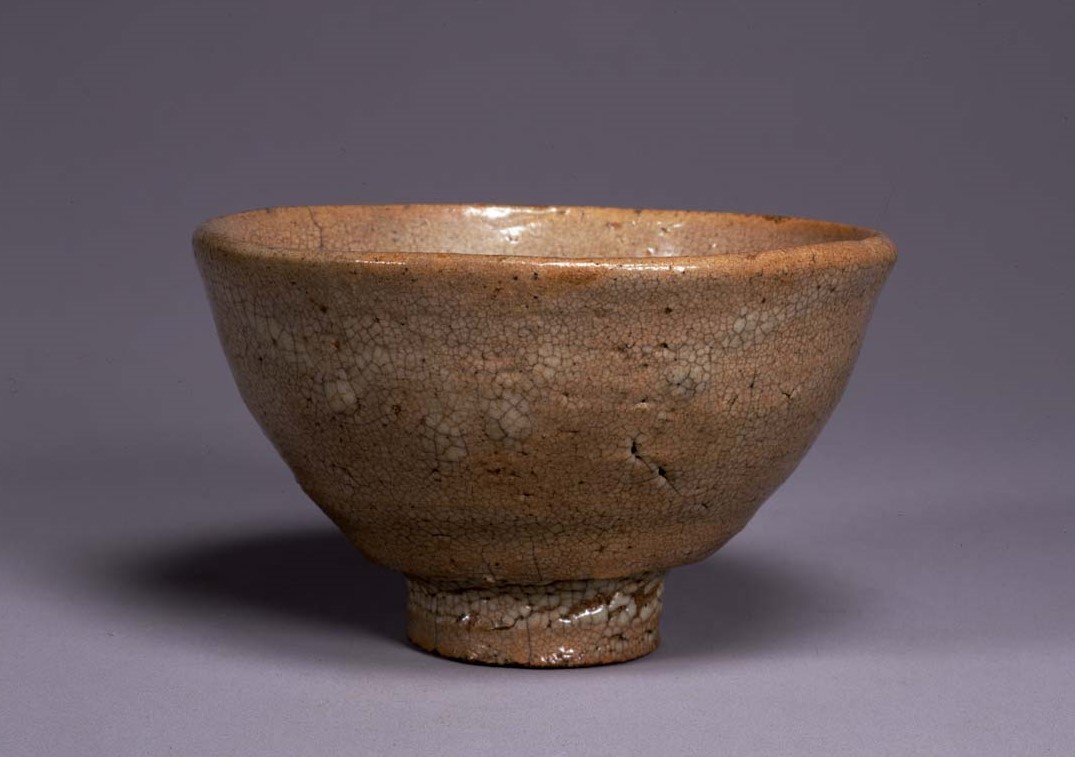京都大徳寺孤蓬庵の<大井戸茶碗 銘 喜左衛門>が日本の国宝に指定されるなど、高麗茶碗のなかでも井戸茶碗は評価が高いいっぽうで、謎深い存在でもあります。名称の由来にしても井戸若狭守(いどわかさのかみ)の所持、見込みが井戸のように深いこと、韓国の地名など定かではありません。用途をめぐっても、現地の雑器、祭祀の折に供物をささげた祭器(さいき)、日本人による注文など様々な説があります。15世紀後半から16世紀にかけて数多くの日本人が往来した港、薺浦(せいほ)に面した慶尚南道鎮海熊川窯で焼かれたとされますが、すべての品がこの窯と関係するかについては一考の余地があります。いずれにせよ、はるか昔に日朝両国を結ぶ縁のなかで育まれた茶碗であることは確かで、謎深いがゆえにその魅力を増していると言えるでしょう。
One of the most famous Kôrai Tea Bowls in the specific Ido chawan style is known as ‘Kizaemon’, a National Treasure now possessed by Kohôan, a sub-temple of Daitoku-ji temple in Kyoto. This is a good example of the high status Ido chawan have among the various Kôrai Tea Bowls.
However, it is also true that the history of Ido chawan remains mysterious. For example, there are various theories on the origin of the name ‘ido’ which literally means ‘well’. Some say that it simply means ‘a deep tea bowl like a well’, others say that Ido is the name of a place in Korea or said that Hideyoshi’s vassal, Ido Yoshihiro Wakasanokami (1531?-1612) brought back the original model of Ido tea bowls after he participated in the battles in Korea. There are also various opinions about the origin of the things themselves, such as that they were household items in Korea, or religious utensils for offerings, or products ordered by Japanese people.
It is said that Ido tea bowls was produced at the kiln called Komokai in Japanese, in Gyeongsangnam-do, in the southeast of South Korea. This kiln was located near the port of Seiho, where many Japanese people came and went, although it is uncertain whether all Ido chawan were produced at this kiln. However, it can be said that the Ido chawan is one of the symbols of the long relationship between Japan and Korea. The various mysteries stoke people’s interest in Ido chawan.
Photo by: ColBase

